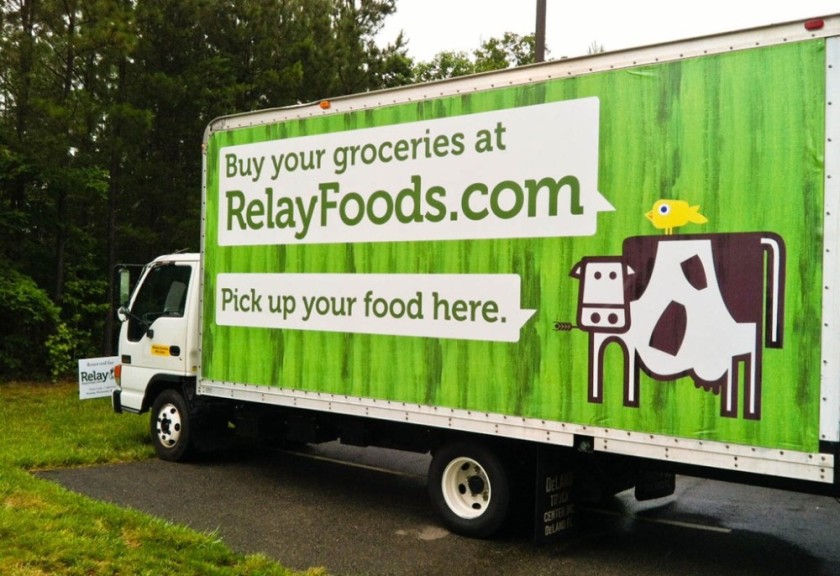Although traditional advertising doesn’t look like it’s going anywhere soon, there is a trend nowadays to completely eschew the tried and true methods in favor of a more digital direction. However, the real key to success is to implement both in a complementary fashion.
For example, King.com's massively popular Candy Crush Saga was launched in November of 2012 and quickly acquired a huge fan base through viral online distribution and mobile advertising. Even with this initial success, they sought to reach an even bigger audience and started advertising to cable tv viewers. Candy Crush Saga was commercialized on old-school networks such as Game Show, TV Land, and the Hallmark Channel. iSpot was able to estimate that 4,515 cable spots aired Candy Crush ads and that the program which most featured the ads was the late '80's hit “The Golden Girls.”
Another business that has used this meshed strategy for advertising is Relay Foods, an online grocery retailer for natural and sustainable foods based in Charlottesville, Virginia.  As of right now they only operate in metro areas throughout the mid-atlantic region so they realize that targeting local customers is a high priority. After relying on mainly word of mouth and advertising trucks, Relay Foods tested the digital market with a Facebook campaign. They ran page-post ads that linked back to the main site, and targeted women 25 and older in areas that Relay served. Not content with this method alone, the Relay team then turned to “remnant” radio ads as a next campaign. Relay ended up paying about $25 for a traditional, 60 second radio ad, meaning they could buy 200 spots a week for $5,000. As a result, Relay Foods started averaging 1,000 new customers a week compared to their 100 a week previously.
As of right now they only operate in metro areas throughout the mid-atlantic region so they realize that targeting local customers is a high priority. After relying on mainly word of mouth and advertising trucks, Relay Foods tested the digital market with a Facebook campaign. They ran page-post ads that linked back to the main site, and targeted women 25 and older in areas that Relay served. Not content with this method alone, the Relay team then turned to “remnant” radio ads as a next campaign. Relay ended up paying about $25 for a traditional, 60 second radio ad, meaning they could buy 200 spots a week for $5,000. As a result, Relay Foods started averaging 1,000 new customers a week compared to their 100 a week previously.
Even the most classic ad type, the billboard, can help augment digital marketing. Last-minute hotel booking app HotelTonight got cheap billboard advertisements in strategic airports, and VistaPrint, the e-commerce selling business cards, stationary and marketing collateral has for a long time been able to hold a presence in both digital and traditional media by packaging inserts inside the shipping box of an online catalogue or TV order.
So, when devising your marketing plan, don’t completely forget about the “old-fashioned” but dependable advertising staples, and think about how they can best complement your strategy.


